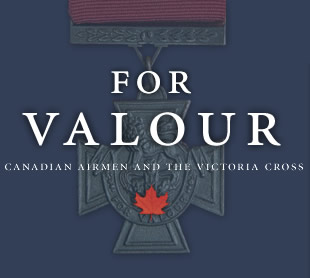Alan McLeod
Military Life
After his release, McLeod was initially unsuccessful in trying to re-enlist; he was repeatedly rejected by Winnipeg recruiters because of his young age. An attempt to join Toronto’s Royal Flying Corps cadet training wing at age 17 didn’t prove to be successful either – when recruiters saw his age on his birth certificate, he was turned away. Finally, when he turned 18 in April 1917 the RFC admitted him as a cadet.
McLeod’s pilot training began outside of Toronto at Long Branch. He was a fast learner, and showed great skill flying the Avro 504. He made his first solo flight after just five days of training and three hours in an actual aircraft.
McLeod’s intermediate training happened at Camp Borden, where he joined No. 42 Wing. It took McLeod just two months to graduate; on 31 July 1917, McLeod received his RFC Wings at Camp Borden with only 50 hours of actual flying time, and was then posted in England, where he received operational training.
2nd Lieutenant McLeod was posted to No. 2 Squadron in late November, and was stationed in Saint-Omer, France. He and Lieutenant Reginald Key, his observer, shot down a German observation balloon in January 1918, and destroyed an anti-aircraft battery a few days later.
McLeod was teamed with Lieutenant A.W. Hammond shortly thereafter. On 27 March 1918, McLeod and Hammond took out an enemy Fokker triplane over Albert, France before being attacked by eight others at 5,000 feet. They managed to bring down three of the Fokker triplanes in the ensuing battle. Despite being wounded five times and with his plane ablaze, McLeod managed to pilot his plane from the lower left wing.
Once the plane hit the ground, McLeod dragged the wounded Hammond away from the plane before their bombs and ammunition exploded. They were picked up in British trenches by members of the South African Scottish Regiment. After surviving a three-mile trip on a stretcher, McLeod and Hammond underwent surgery to have their bullets removed before being transported to Amiens by ambulance.
“Alan would take on anything, and I was willing to go anywhere with him. I had absolute confidence in him. He was the finest pilot I have ever flown with, devoid of fear, and always merry and bright. We were in many scraps together and often after getting out of a very tight corner by sheer piloting, with six or seven Huns on our tail, he would turn around to me and laugh out loud.”
Lt. Reginald Key











